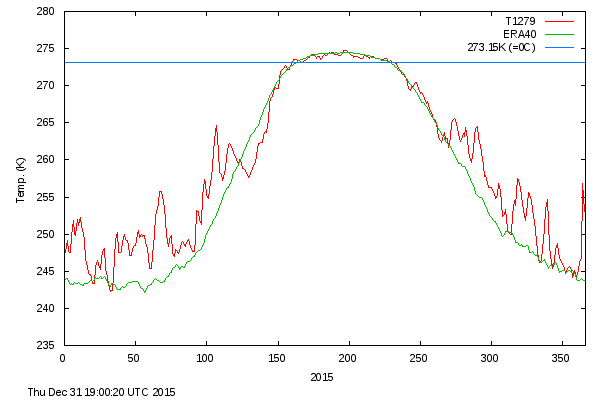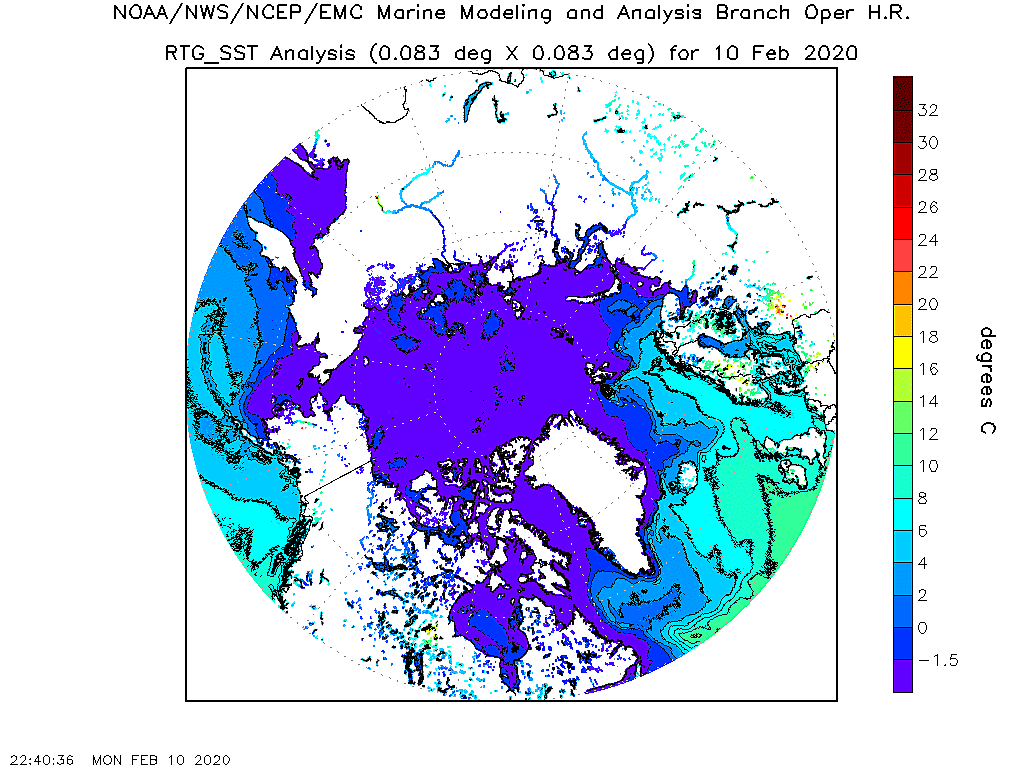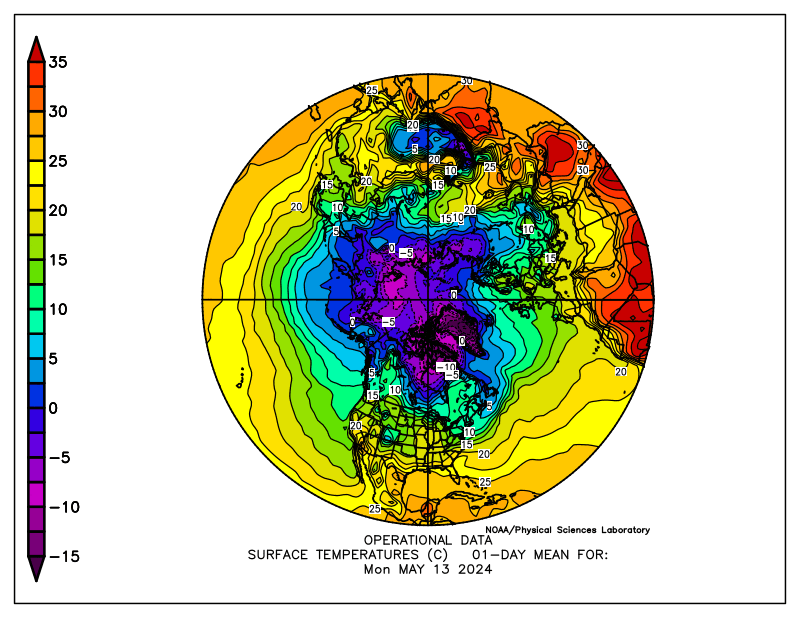Hmmmmmmm................ Present Sea Ice in the Arctic is at 3.5 million square kilometers. That is somewhere between to 9th and 7th lowest extent on record. Three to four weeks of melt left to go.
http://arctic.atmos.uiuc.edu/cryosphere/IMAGES/seaice.area.arctic.png
How much must we reduce CO2 to bring the ice back to it's normal level?
What is the normal level for interglacials?
A side note is the finding of methane consuming bacteria in the Arctic. Not unlike the natural bacteria that consumed the BP oilspill.



